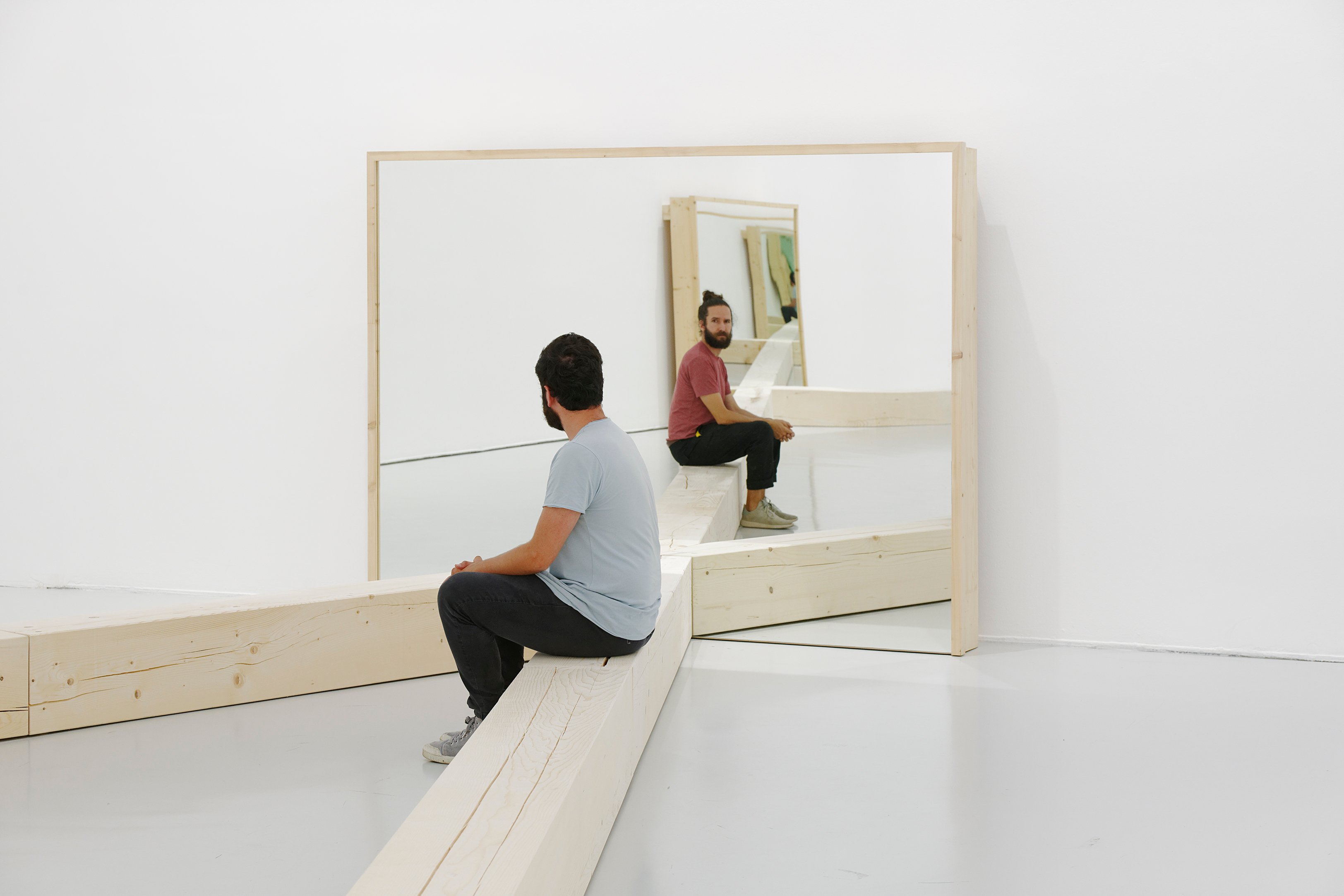
It was 10:00 a.m., and the director and staff of the Museum of Modern and Contemporary Art in Saint-Étienne were both excited and nervous as they unlocked the institution’s front doors for the first time in months. At two minutes past the hour, three women who had travelled there from the neighboring city of Lyon came bursting in.
“We were so pleased,” said Aurélie Voltz, who personally greeted the visitors. “People had really waited for this moment.” Voltz said the museum received 100 visitors that day, a significant departure from the usual 1,000 during peak season.
Across the country, French museums are finally reopening en masse. The Louvre reopens on July 6 after 16 weeks; the Centre Pompidou opened on Wednesday, July 1, with a highly anticipated show dedicated to Christo and Jeanne-Claude. Others, like the Musée Picasso, have opted to open later in the month.
The joy of reopening, however, is clouded by the serious losses suffered during lockdown and the ongoing need for crowd control. The Saint Étienne institution, which is showing a historic survey of early works by American sculptor Robbert Morris, lost €100,000 ($112,300) in income (out of a $5 million budget) and an estimated 28,000 visitors during its closure. And while it hopes the Morris show, which boasts loans from the Guggenheim and Tate, will draw visitors, it must cap attendance at 470 at any given time for the foreseeable future.
The route in the Louvre to Leonardo da Vinci’s Mona Lisa. Photo: Sabine Glaubitz/dpa/picture alliance via Getty Images.
Loss on Top of Losses
Larger museums have seen even bigger shortfalls. In Paris, the Centre Pompidou incurred a loss of €1.2 million ($1.35 million) per month in ticket sales, not to mention lost revenue from gift shop and book sales.
“The reopening yesterday was a very intense and moving moment,” a Pompidou spokesperson told Artnet News. “The first visitors were warmly welcomed by a round of applause.” The opening also included a memorial service to the late artist Christo, who died in May, before he could see what would have been his final exhibition open to the public.
“The total attendance yesterday was about 3,000 visitors—not bad,” added the Pompidou’s spokesperson—around 2,000 less than a usual day. The museum estimates it can accommodate around 30 percent of normal visitor levels for the rest of the year, racking up losses of up to €20 million ($22.4 million) by December.
“The crisis has hit the cultural world very hard,” Laurence des Cars, the head of the Musée d’Orsay, told the Jakarta Post upon its opening at the end of June. The museum usually attracts 15,000 people, but it will be capping attendance at 5,000 per day. “The financial loss is still hard to encompass,” a spokesperson told Artnet News. They expect the losses to be into the dozens millions of euros.
Exhibition of Christo’s show at Centre Pompidou. Photo: Audrey Laurans.The most hotly anticipated reopening comes on Monday, July 6, when the Louvre opens its doors. The museum’s president Jean-Luc Martinez recently told the New York Times that it had incurred losses of €40 million ($45 million) during the shutdown. Only 70 percent of the galleries will be accessible upon reopening.
The calculus will continue to evolve as travel restrictions are lifted. “If Europe’s borders with the rest of the world are not opened this summer, we will see an 80 percent drop in visitors,” Martinez told the newspaper two weeks ago. Since then, Europe has lifted bans on Australia, Canada, Japan, Algeria, Georgia, and other countries. American tourists will not be allowed in and Chinese travelers, only provisionally. Martinez estimates it could take three years to get back to normal visitor levels.
The Only Thing to Count on Is Change
The experience of walking through museums has certainly changed in France as it heads into what is usually its peak tourist season, but so has the political climate. Museums with colonial-era collections are under the microscope now more than ever. A few weeks ago in Paris, five activists were arrested for seizing a historic African funerary object from the Musée du Quai Branly-Jacques Chirac, saying it had been looted.
Museums can count on some financial support from the government as they work to adapt and cover financial shortfalls. Several museums would not disclose the exact number they received in support but, since March, the federal government has provided €5 billion ($5.6 billion) in relief to the cultural sector (which includes the media industry as well as the arts).
Last week, the French government, which has been leading the way beside Germany with relief aid for the creative fields, announced that it would make available another €20 million ($22.5 million) to help the cultural sector reboot with what the French ministry is calling a “Summer of Culture.”
Aurélie Voltz from Saint-Étienne said that while this year has already been turbulent, 2021 may prove even more difficult. “This year, I think we can make it. We had to change the program around at least 10 times but we managed not to cancel any projects,” she said. Looking ahead, however, she is concerned about a major drop in funding. “When it comes to next year, I am really not sure,” she said. “I am not very positive.”